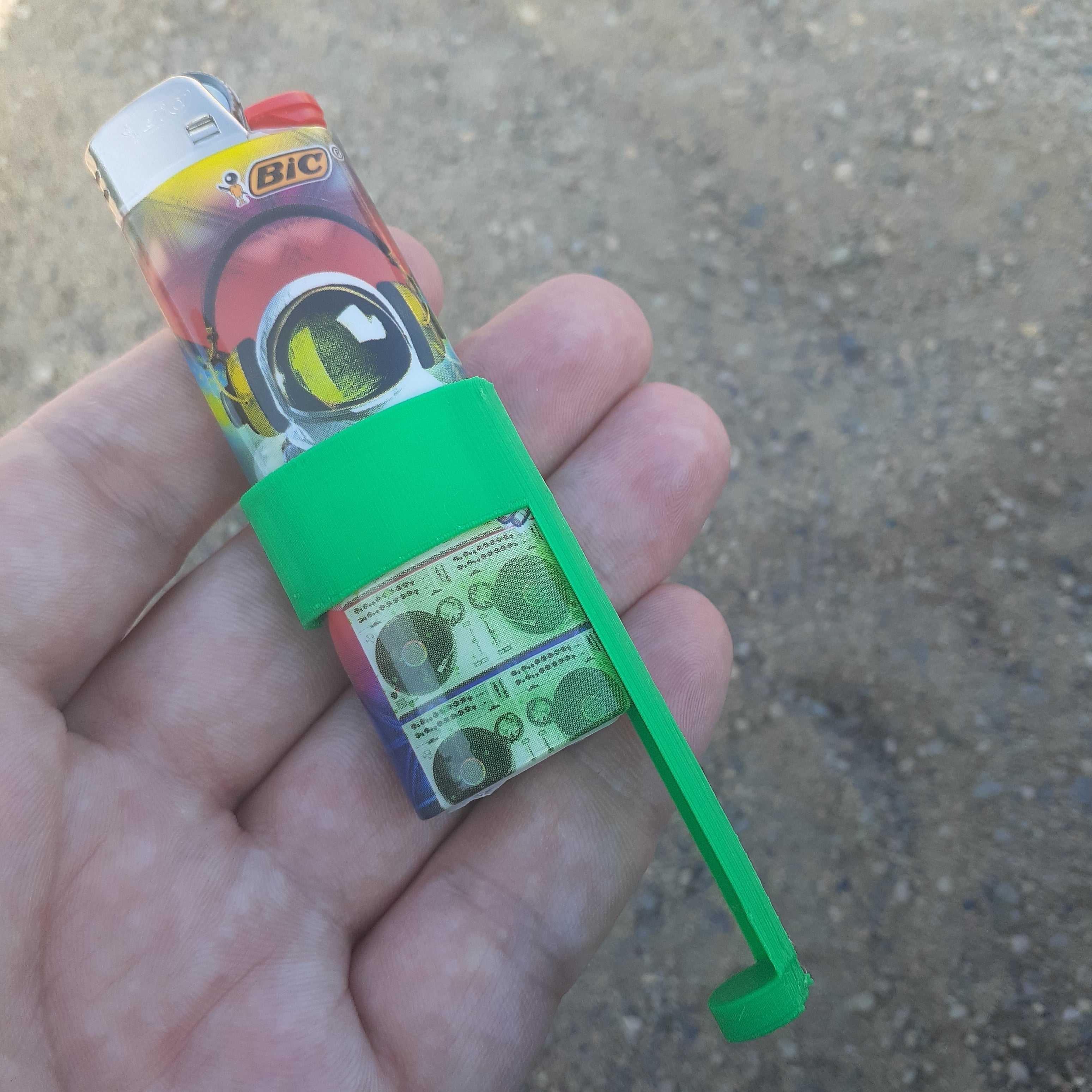
Tamping is the act of pressing down the ember closer toward unlit tobacco to continue the downward burning process, especially following the initial light: Introducing heat causes the tobacco to twirl and twist and dance upward, and tamping is essential for bringing it back to rim level. Neglect can cause the ember to die, and correct tamping can also assist in relighting. It’s no mystery that as tobacco burns from the top down, it leaves residual ash on top, and that ash becomes thicker the further down the tobacco burns. When relighting, then, the flame must overcome that distance to reach unlit tobacco. If too thick, the ash can make relighting difficult. Tamping effectively decreases this distance, as if moving the bottom of the box of tobacco closer to my grasp. It’s a simple, convenient, and logically sensible procedure but one whose absence would make smoking through an entire chamber nigh impossible.

Pressing down the ember may be tamping’s main objective, but the process has other benefits as well. When packing a bowl, I often err on the side of packing it more loosely than tightly. If I realize while smoking that the tobacco is too loosely packed, then I can apply some added pressure through tamping and correct the original packing. Were the tobacco packed too tightly, however, I would be resigned to suffer a tight draw and poor smoking performance or would have to surrender my losses completely, empty the chamber, and re-pack the bowl. Tamping, after all, is a one-way street, but it can effectively assist in packing if one plans appropriately beforehand.